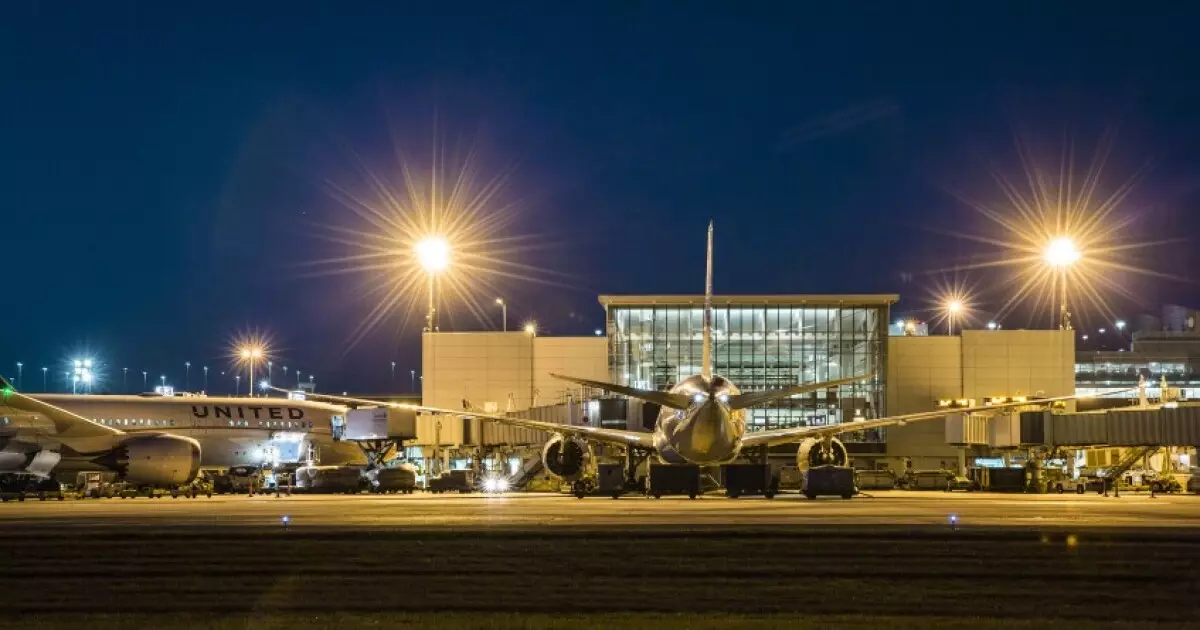Houston’s latest municipal bond issuance signals a bold, yet potentially perilous leap into significant debt to fund a multibillion-dollar capital improvement program for its airports. With nearly $720 million on the table, the city is clearly committed to expanding and modernizing its air travel infrastructure, predominantly through subordinate revenue bonds secured by the airport’s net revenue streams. But beneath the surface of this seemingly robust growth plan lies a disturbing question: are the city’s fiscal strategies sustainable or merely a high-stakes gamble that could burden future taxpayers and undermine long-term financial stability?
The massive scale of this bond offering suggests an ambition to elevate Houston’s airport system to meet rising demand, especially at IAH, which continues to outperform expectations with projected passenger growth. Yet, this reliance on debt raises concerns about mounting financial obligations and whether the city is overestimating its ability to service these bonds without compromising fiscal health. The fact that the bonds are secured by subordinate liens, which are lower in priority than senior lien obligations, means that in times of financial distress, these bondholders could be left holding the bag, risking their investments and casting doubt on the city’s risk management.
The Calculated Risks of Heavy Investment
The long-term strategic intent to enhance Houston’s airport infrastructure reflects an understanding of the city’s vital economic role—an economic artery that facilitates trade, tourism, and job creation. However, this expansion comes at a hefty price. The city’s recent issuance follows a prior bond sale backed by United Airlines—a company with a junk credit rating—raising eyebrows about how much of Houston’s financial strength remains resilient amidst its reliance on external partners with questionable creditworthiness.
Moreover, the decision to fund a $2.92 billion infrastructure plan through a combination of new bonds and refinancing existing debt suggests a hope that passenger numbers will steadily grow and that the system’s strong service area will continue to bring in revenue streams capable of covering debt payments. But is the optimistic forecast realistic? History has shown that transportation projects often overpromise on growth forecasts, and any deviation from the expected performance could leave Houston in a sticky financial situation. Dependence on passenger volume growth, particularly at IAH with its dominant United Airlines share, introduces a vulnerability—over-reliance on a single carrier could spell trouble if that airline’s fortunes falter or if market dynamics shift unexpectedly.
The Political and Economic Implications of Over-leverage
From a center-right liberal perspective, it’s evident that Houston’s city officials are striving to do what’s necessary to keep the city competitive, but their aggressive borrowing strategy can’t be divorced from the broader economic and political realities. There’s a thin line between strategic investment and reckless overreach. Borrowing large sums to upgrade infrastructure is a legitimate government function, but overextending can saddle the city with debt payments that divert funds from other pressing priorities such as education, public safety, or healthcare.
Rating agencies have assigned positive outlooks to Houston’s airport bonds, citing passenger growth and manageable capital needs. Still, these ratings hinge on assumptions about stable enplanements and fiscal discipline—assumptions that could quickly unravel in an economic downturn or unforeseen circumstances such as a decline in travel demand. High-profile national and global events, including economic recessions or geopolitical tensions, could tarnish these projections, leaving taxpayers and bondholders both vulnerable.
A Future of Uncertainty Looms
Houston’s current approach exemplifies an attitude of aggressive growth—an admirable trait in a city eager to position itself as a transportation hub. Nevertheless, the city’s heavy borrowing raises fundamental doubts about whether it’s truly investment or an unsustainable race to modernize on borrowed time and money. While infrastructure improvements are necessary, they should not come at the expense of future fiscal independence and financial prudence.
The challenge lies in balancing ambition with prudence. Houston should ask itself whether its current trajectory of increasing debt aligns with its long-term goal of fiscal resilience. As it stands, the city’s willingness to keep piling on liabilities might be a short-term fix that undermines future stability—a risk that center-right liberals must scrutinize closely, advocating for smarter, more sustainable growth strategies that do not sacrifice fiscal discipline at the altar of unchecked development.


Leave a Reply